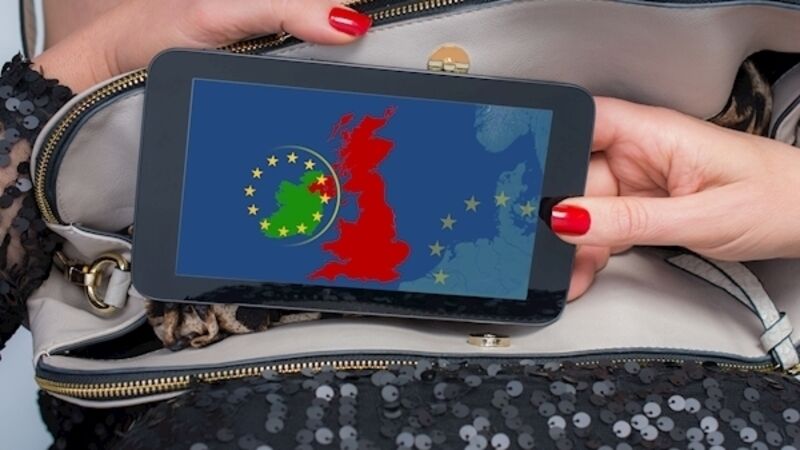Brexit Q&A: The backstop vs a Northern Ireland backstop

Political editor answers your questions about the difference between the backstop and a possible Northern Ireland backstop
In the event of Brexit, the border between the Republic of Ireland and Northern Ireland becomes the frontier of the EU's single market and customs union.
However, the unique position of Northern Ireland has been recognised by the EU, the British Government and the Irish Government and it has been agreed there should be no new physical checks or infrastructure on the border.
The backstop is a position of last resort, to maintain a seamless border on the island of Ireland. It would involve Britain retaining a very close relationship with the EU for an indefinite period. It will apply if the UK and EU have not agreed on a final deal at the end of a standstill transition period or if that final deal does not guarantee a 'soft' border. The EU has insisted that any Brexit deal must contain the backstop. This option has been rejected by the House of Commons three times.
Initially, in 2017 it was proposed that Northern Ireland would be given a special status where it would enjoy the benefits of the single market and customs union.
The NI-only backstop was opposed by the DUP as a weakening of the United Kingdom.
To overcome this, it was proposed that the entire UK would remain in the backstop but many Tories wanted a time limit on it. But this was rejected by the Irish Government.
Since Boris Johnson has lost his majority in the Commons and a General Election is pending, the sway of the DUP is greatly reduced. It has been reported that Mr Johnson is willing to accept the original NI backstop arrangement as part of a deal with the EU.












